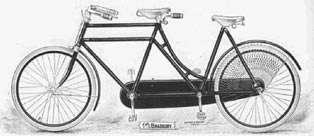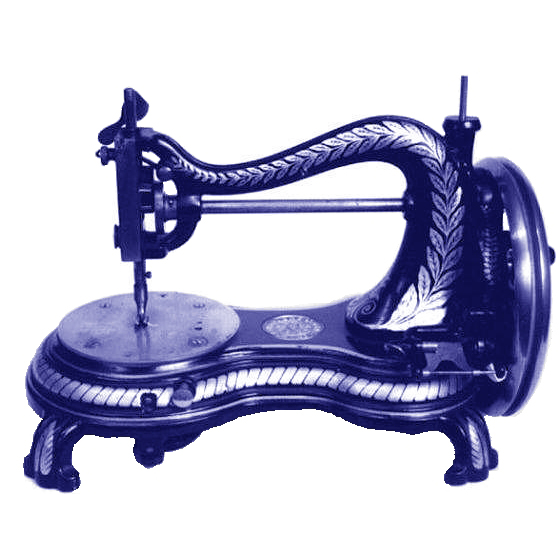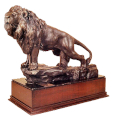Bradbury Sewing Machine Company Articles

Bradbury's Band of Hope
How Bradbury became known as the "Temperance Company" during Victorian Britain's anti-alcohol movement.
Workers swore "not to touch, taste, or handle the accursed cup."
Bradbury and the Iron Duke's Machines
An industrial dispute in 1852 launched one of Britain's largest sewing machine manufacturers, eventually
expanding to bicycles and motorcycles from its Wellington Works in Oldham.
Bradbury Update
Newly discovered documents and artifacts reveal the evolving Bradbury business from the 1850s through
early 1900s, including rare prize medals and early cycle catalogs.
Heavyweights for Industry
Industrial-strength machines designed for commercial applications, including the popular boot patching
machine that became a standard in cobbler shops worldwide.
It's all in an Ad
A simple 1894 advertisement reveals surprising details about Bradbury's marketing strategy, product line,
and the declining popularity of their Wellington hand machine.
It's Soeze
The fascinating evolution of Bradbury's answer to German imports, with four distinct versions produced
between 1898-1906 before evolving into the Family V.S.
Was this really the first electric?
Evidence that Bradbury offered an electric sewing machine in 1903, fourteen years before National's
claimed "first" in 1917.
The Lancashire Sewing Machine Company
Exploring the connections between early manufacturers Judkins, Bradbury, and Grover & Baker through
their involvement with this mysterious company.
The Pendleton Mystery
A corporate dispute erupted when George Bradbury secretly backed his son's competing sewing machine
factory while still directing Bradbury & Co. It's no wonder the Board of Bradbury & Co Ltd were a
tad upset ...
Season's Greetings
A festive Bradbury Family S machine decorated with hand-painted holly and robin motifs, likely a special
Christmas gift for a fortunate Victorian recipient.
Using Your Attachments: The Underbraider
How to properly use this clever attachment that adds decorative braided trim while stitching, transforming
plain garments with professional embellishments.
William Carver - The first Dr. Who?
Timeline inconsistencies question William Carver's claimed role in developing early British sewing
machines in 1852. Could Sugden and Bradbury be the true pioneers?






